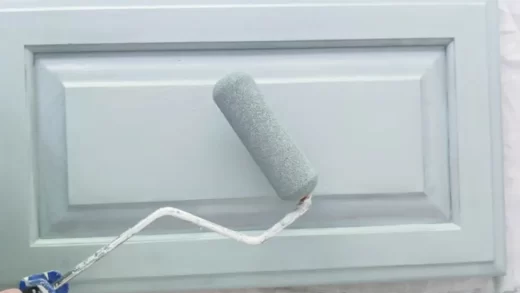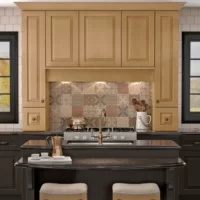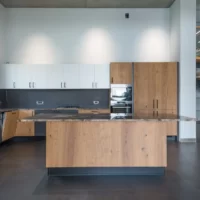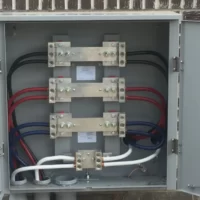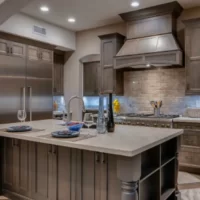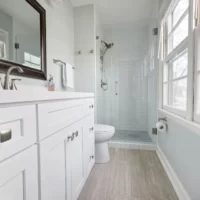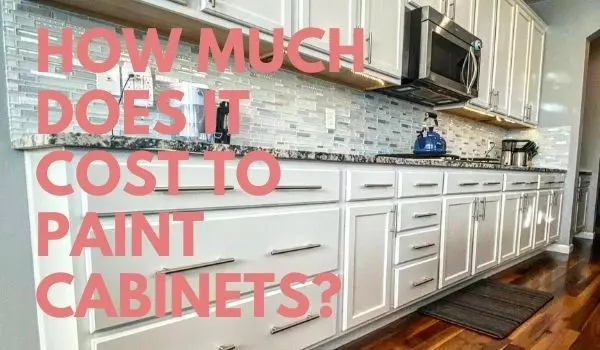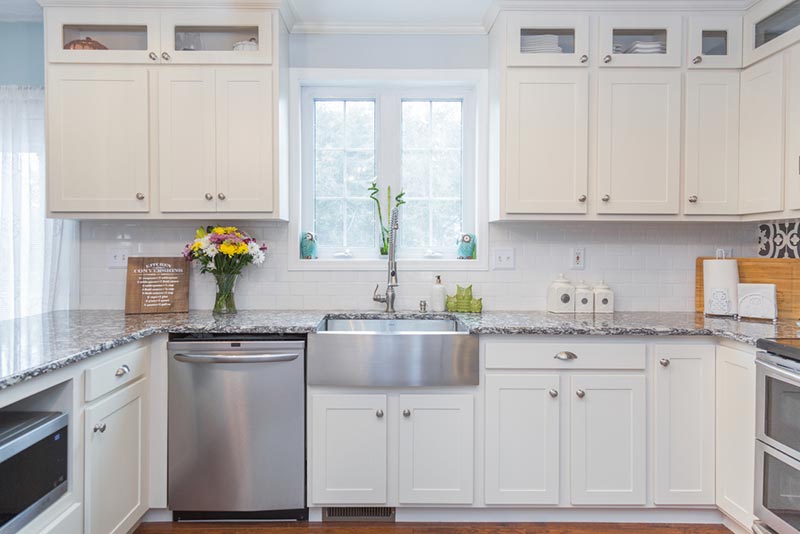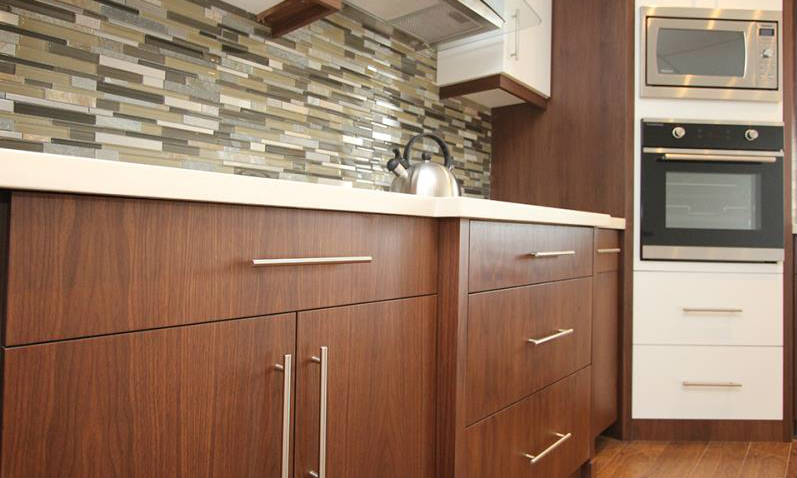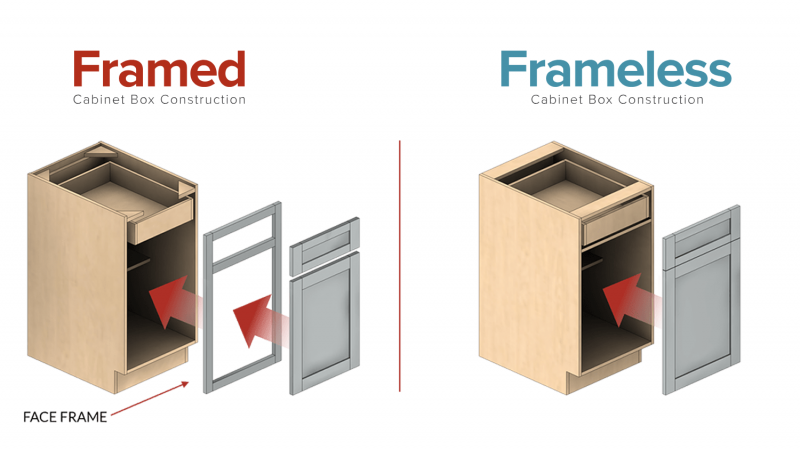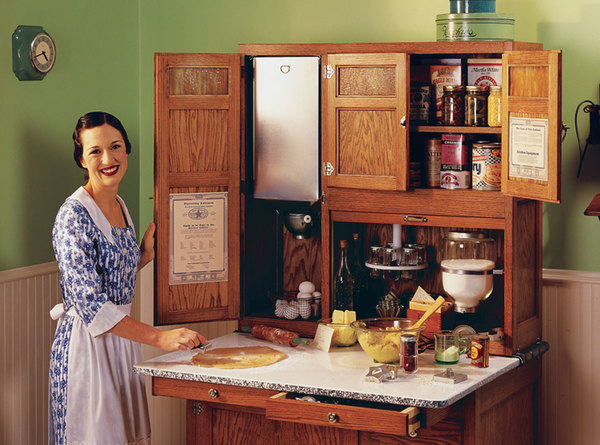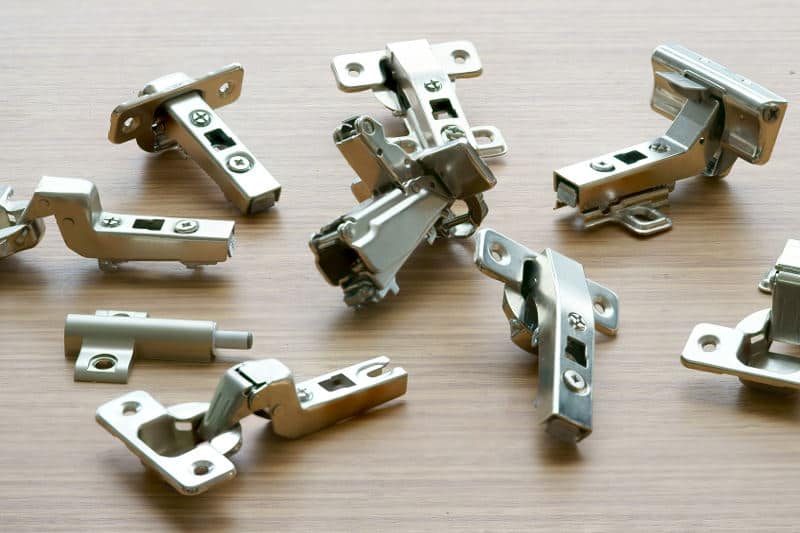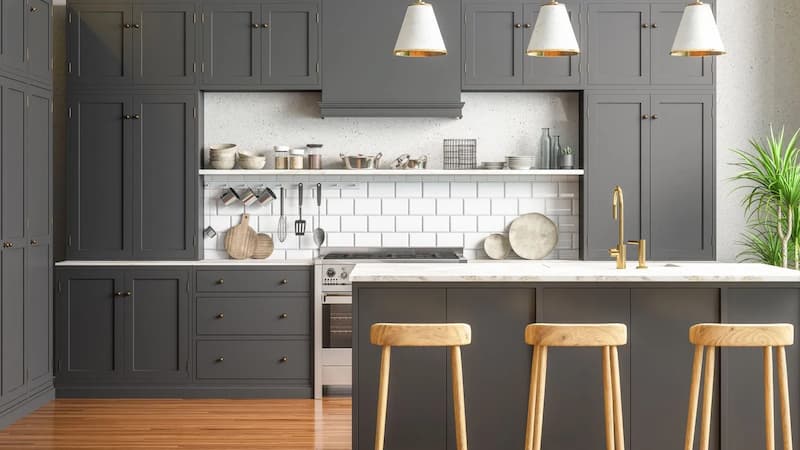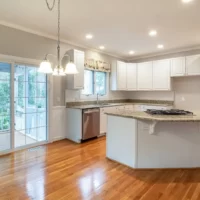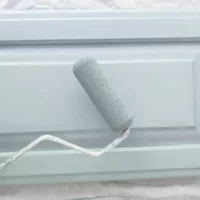Without some alterations, making kitchen cabinet doors isn’t always easy, and over time, they may become loose or misaligned.
Are you frustrated by the scraping, bumping, or misaligned bathroom or kitchen cabinet doors and don’t know how to adjust cabinet doors?
Fortunately, when you know what you’re doing, almost all kitchen cabinet doors have a set of screws and hinges that are simple to adjust. To find out more, continue reading.
Table of Contents
Why Should You Adjust Cabinet Doors?
Your kitchen cabinet doors might need to be adjusted for several different reasons.
The normal use of doors over time can cause them to become loose and out of alignment. Your cabinets’ doors may move slightly or the screws may become loose from frequent opening and closing. These problems will detract noticeably from the visual consistency of your cabinet doors or result in functional problems with your cabinets.
You’ll notice natural movement in your doors if you reside in a climate with frequently abrupt changes in temperature or humidity. A great way to be proactive about these natural temperature-related door movements is to make routine, seasonal adjustments.
Doors that aren’t aligned properly may start to rub against one another or the cabinet box. This may compromise the functionality of your cabinets and damage the finish on your doors by chipping away at them.
To guarantee that all of these problems are solved, it is crucial to realign your doors.
Read More: Best Wood For Cabinet Doors
Before You Begin
Before you start, check the type of hinge you have. The majority of contemporary cabinets have fully adjustable hinges with three directional adjustments: up and down, side to side, and in and out (or depth). A few hinges can be adjusted up and down using the screws that secure them to the cabinet, while the majority of hinges have mechanisms for side-to-side and depth adjustments. Others have a similar mechanism, and you don’t even need to remove the mounting screws.
In the past, frameless cabinets in the Contemporary or Modern styles were the only ones with this kind of adjustment. However, adjustable hinges are now present on almost all cabinets. You have fully adjustable hinges if each one of your hinges has two or more screws in addition to the mounting screws.
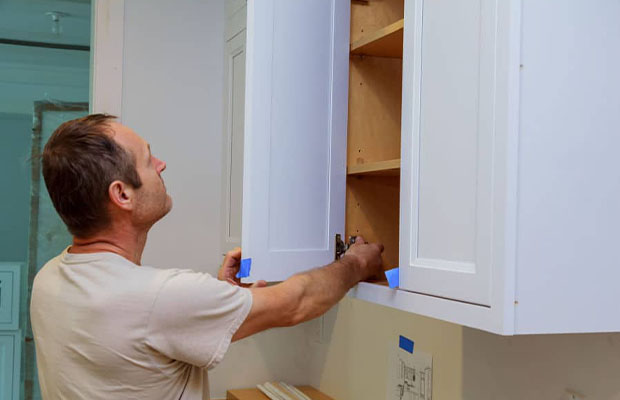
Instructions On Adjusting Cabinet Doors
Adjust The Door Height
The height should be adjusted if one door hangs slightly higher or lower than the other.
Find the hinge on the inside of your cabinet by opening the door. The hinge will be mounted to the cabinet box with two vertical screws.
To secure the cabinet door in place, loosen the two mounting screws on each of the hinges, then adjust the cabinet to the desired height.
Sometimes the vertical position of both doors needs to be adjusted. Lift or lower one door a little bit while lowering or raising the other.
Close the doors to check the alignment, then make adjustments until you are happy with the appearance of your cabinets.
Adjust The Door Direction
You’ll need to be able to move your doors to the left and right if they need to be centered because they are out of alignment. Align the doors using the side-to-side adjustment.
The closest to the cabinet front will be the horizontal adjustment screw.
The door will be brought closer to the center of the cabinet by turning the screw counterclockwise. The door will move closer to the center if the screw is turned in the opposite direction.
The cabinet door’s top and bottom hinges can be changed to allow for side-to-side movement. Therefore, if either needs to be moved, move both. Only adjust the corresponding hinge if only the top or bottom needs to move to one side.
It’s crucial to keep in mind that these modifications don’t have to be substantial. It won’t take much turning of the screw to notice a noticeable change. Always shut the door after readjusting, then double-check the alignment.
Adjust The Door Depth
Your cabinet doors can change over time due to a variety of subtle movements. Your cabinet doors’ depth is one important thing to check for.
How the door sits when closed depends on the depth of alignment. Natural movement can result in the door slightly separating away from the cabinet, which causes the door to bounce when it closes
The door will be moved away from the cabinet box when rotated clockwise, and toward the cabinet when rotated counterclockwise.
Tighten Loose Doors
It’s critical to give your door hinges a quick tightening if you notice that they appear to be moving slightly more than usual.
Both the screws used to mount the cabinets, which we already covered, and the hinge screws that are affixed to the door itself, can come loose.
To make sure your door is securely fastened, tighten these mounting screws (which are both attached to the cabinet box and attached to the door itself) clockwise.
You can avoid a future realignment that is more drastic by doing this each time you notice a slightly loose door.
Troubleshooting Adjusting Cabinet Doors
Cabinet Has Old, Surface-mount Cabinet Hinges
On the other end of the spectrum are hinged with little room for adjustment and that are incredibly old and basic. This is true for the majority of surface-mount hinges, which are mounted to the front of the cabinet rather than to the inside edge of the cabinet face frame or to the interior of the cabinet box.
Elongated mounting screw holes on some basic hinges allow for up-and-down adjustment.
Otherwise, the doors can be repositioned by moving non-adjustable hinges. The old hinge’s location will typically be marked. However, this won’t be as obvious since the hinge is on the inside of the door.
There Is A Gap Along The Edge Of The Door That Shows The Frame
A reveal is a visible space along any edge of a door or drawer front, and it is normal to have one. Because reveals create dark, observable lines between cabinet components, they are typically checked when checking a door for proper alignment.
You can choose the reveal’s width, but it is typically constrained by the capabilities of the hinge.
A Group Of Cabinet Doors Doesn’t Look Right Together
Your objective when adjusting multiple cabinet doors is to get them to look good together. This frequently does not imply that the doors must be perfectly vertical, level, or in any other way restored to their original factory position. This indicates that they complement each other and the adjacent cabinet components, such as the cabinet edges and drawer fronts, in a pleasing manner.
Doors may need to be adjusted slightly out of alignment in order for them to fit together properly and display uniform spacing. A compromise between aligning the inside edge of the door with the adjacent door and the inside edge of the cabinet may be necessary for this situation.
It helps to take a step back and consider the cabinets as a collection. If needed, you can ask someone to check the cabinets with you, much like when you straighten a picture.
You can quickly create temporary vertical or horizontal lines that span multiple cabinet doors using a laser level.
Read More: Types of Cabinet Doors


